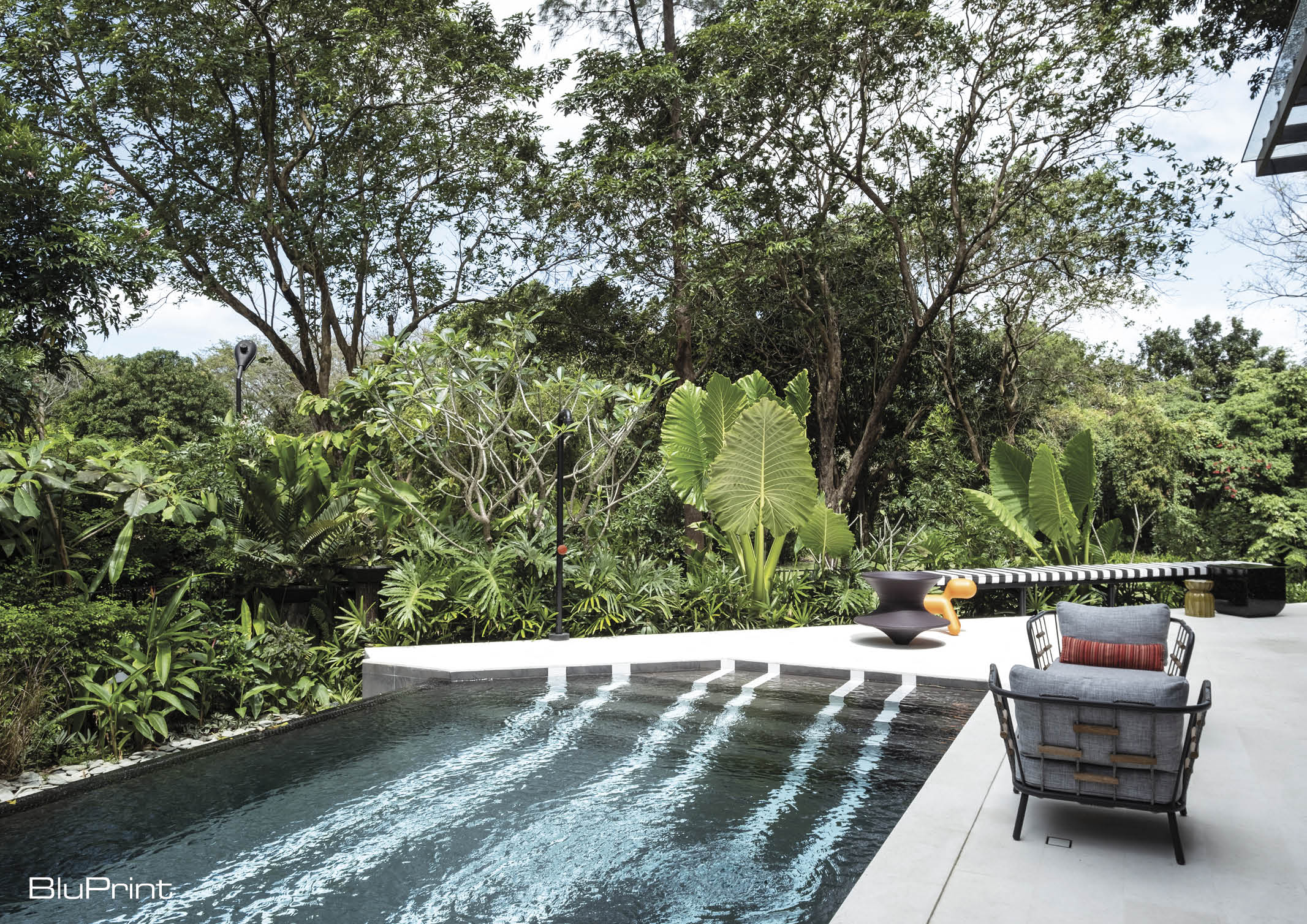
Heat Index in PH Increases: How Sustainable Architecture Can Help?
The Philippine Atmospheric, Geophysical and Astronomical Services Administration (PAGASA) has warned the public that the heat index may go beyond 40 degrees Celsius in several areas across the country. According to the state bureau, heat index is the measure of the contribution that high humidity makes with abnormally high temperatures in reducing the body’s ability to cool itself.
Moreover, the National Weather Service explains that when the body gets too hot, it begins to perspire or sweat to cool itself off. If the perspiration is not able to evaporate, however, the body cannot regulate its temperature.
One of the causes of the increase in temperature in the Philippines and the world is climate change, which is one of the major problems humanity is facing today. The climate crisis is the result of excessive carbon dioxide (CO2) emission caused by human activities which release more than natural processes can remove.
According to the National Oceanic and Atmospheric Administration (NOAA), the global average of CO2 in 2021 was 414.72 parts per million, which is a new record high. In the Philippines, data from the PAGASA show there had been an average of 0.0108 °C per year-increase (during the period 1951 to 2010) in the temperature due to climate change.
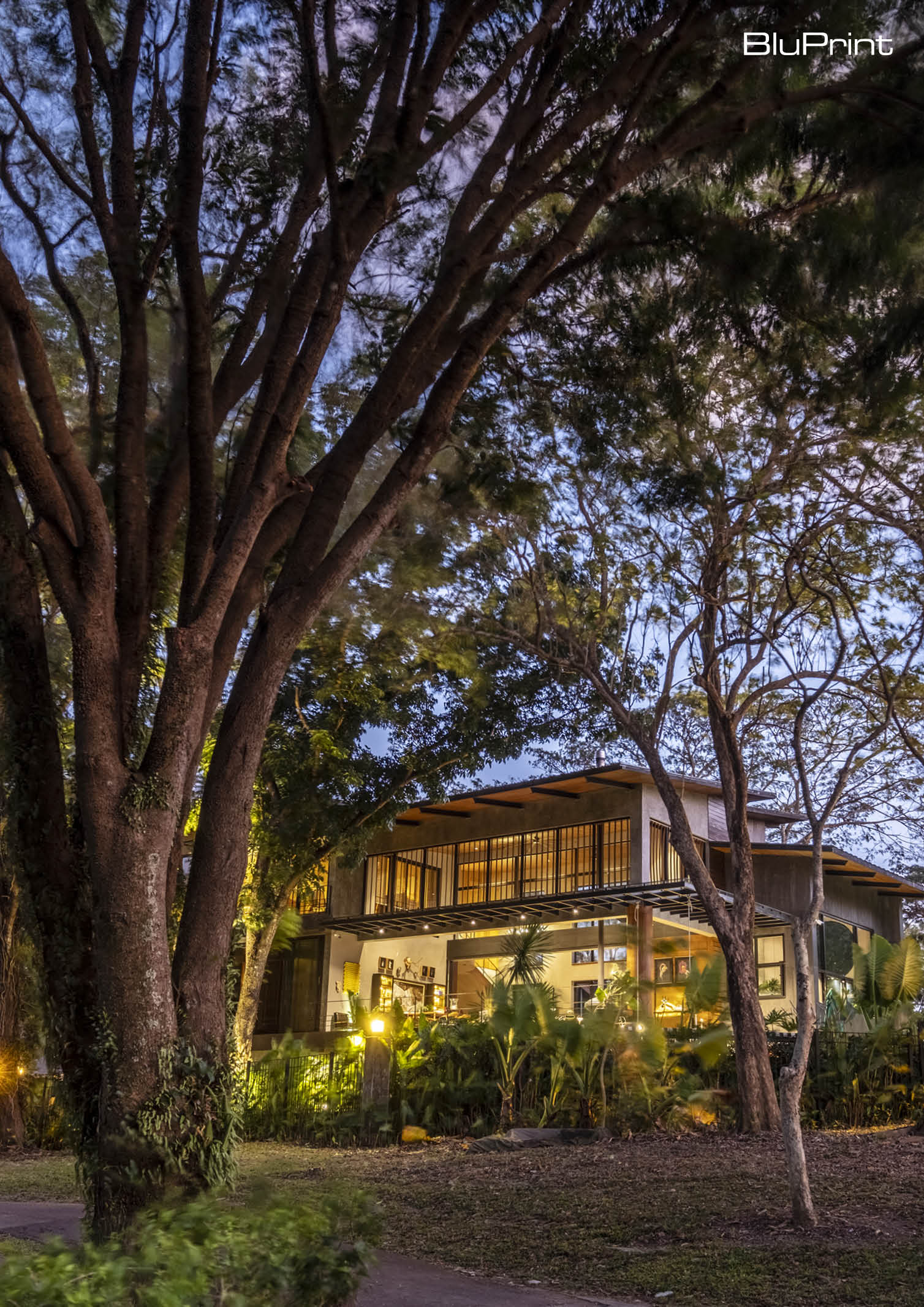

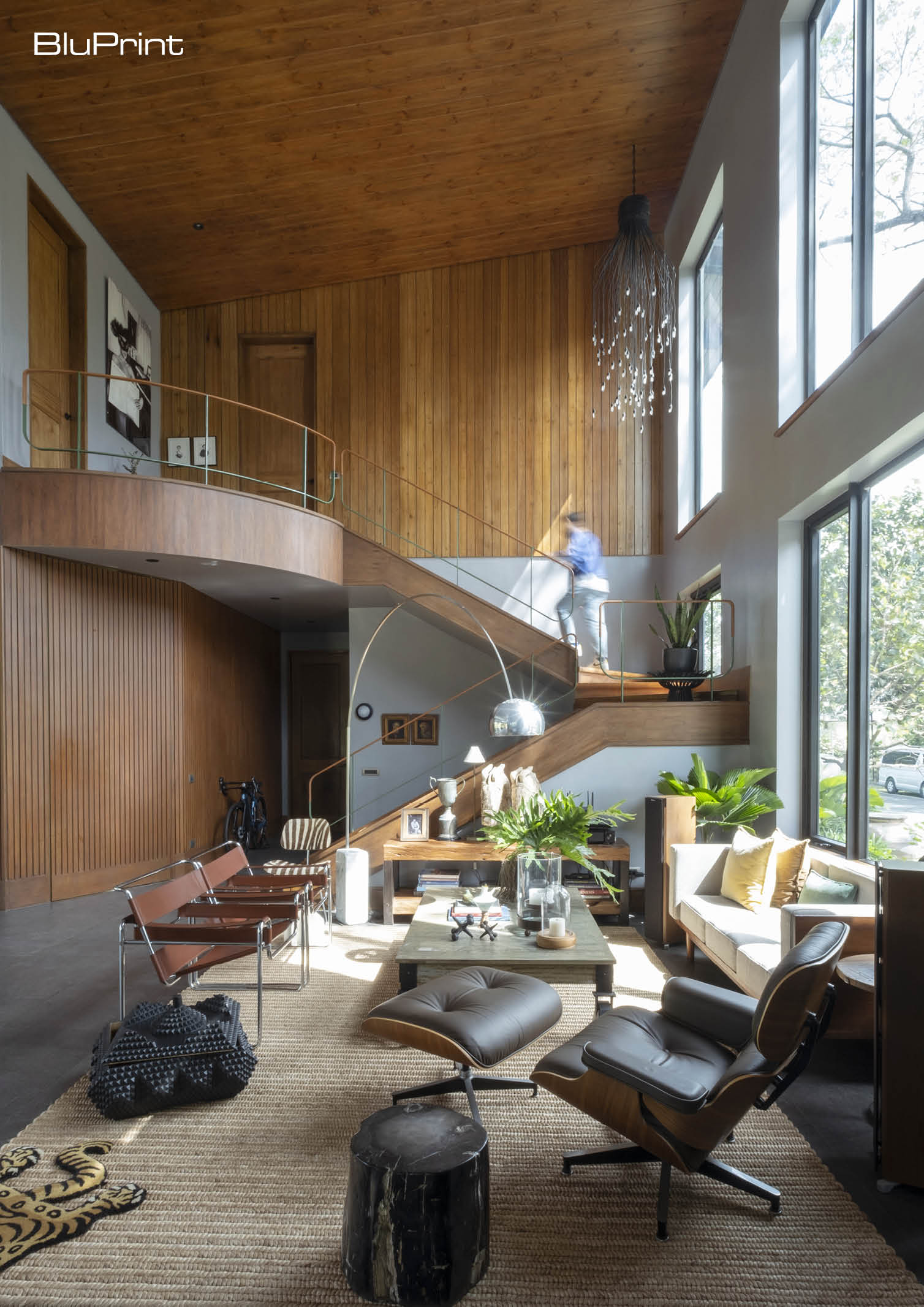
Buildings are one of the biggest contributors to CO2 emissions accounting for 40 percent of annual fossil fuel CO2 emissions. Architects and designers must take the challenge to design better to help lower CO2 emissions and shape the future of our world.
With the current climate crisis, more architects are shifting to sustainable architecture. The Philippine Green Building Council (PhilGBC) defines sustainable architecture as “a product or an action of conceptualizing, planning, designing, constructing, and operating projects in the most resource-efficient manner, with the least negative environmental impact.”
The organization believes that sustainability is achieved through a holistic approach in addressing various environmental, social and economic priorities, and through the concerted efforts of the different proponents and stakeholders in the building industry.
Additionally, it explains that architects’ and designers’ mindful conceptualization and design of green buildings ensure that the projects are sustainable, from the selection of the project site, the building orientation, the design of the building’s facade, the design of the spaces within the building, and the materials identified for the building.
Designing Green Buildings For A Healthier Future
The adverse effects of climate change, including the increase of heat index, are irreversible. But we can still do something to slow it down for future generations. The PhilGBC believes green buildings are one of the best cross cutting, holistic approaches towards sustainability. According to the US Environmental Protection Agency (EPA), green buildings are designed to reduce the overall impact of the built environment on human health and the natural environment.
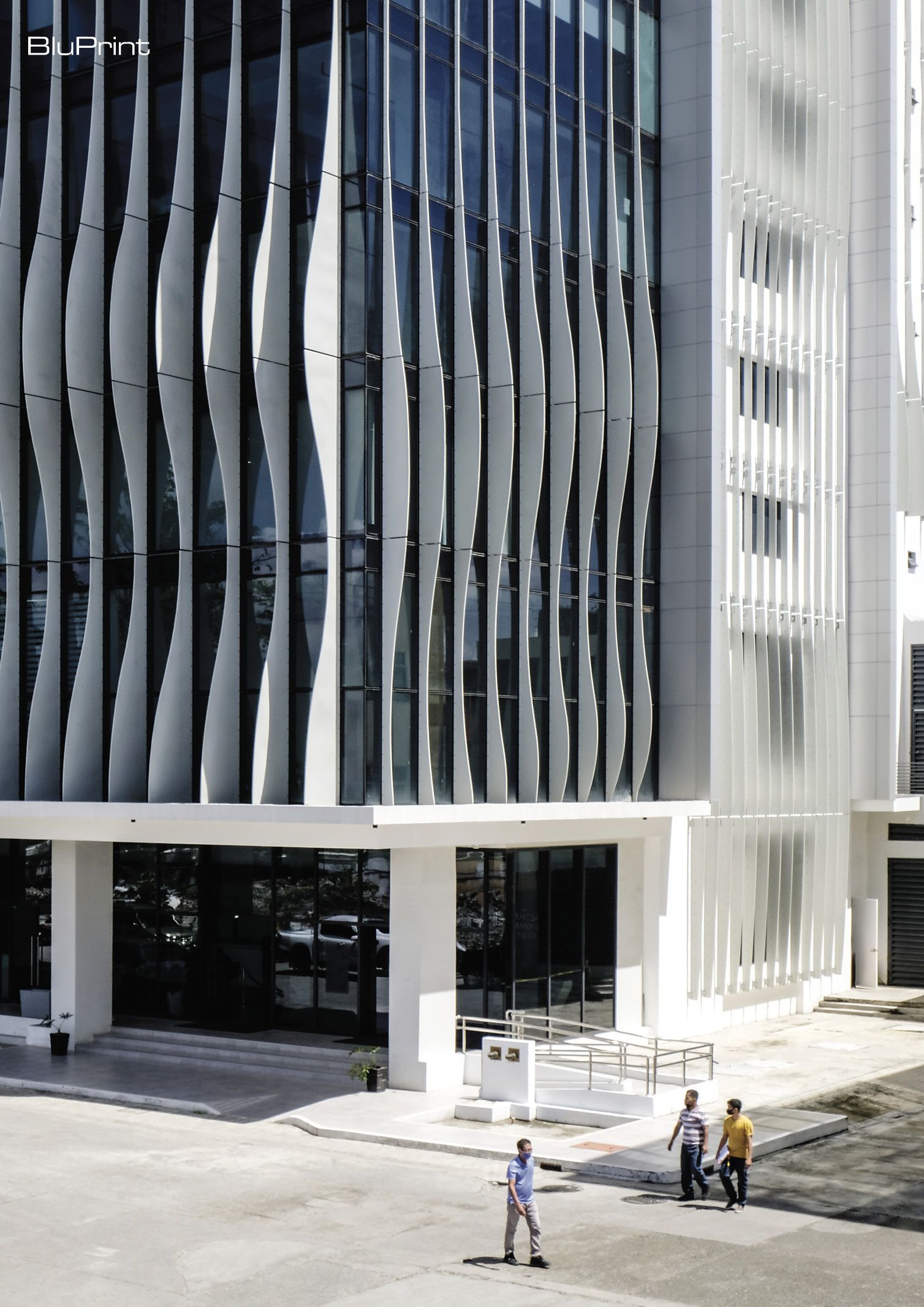

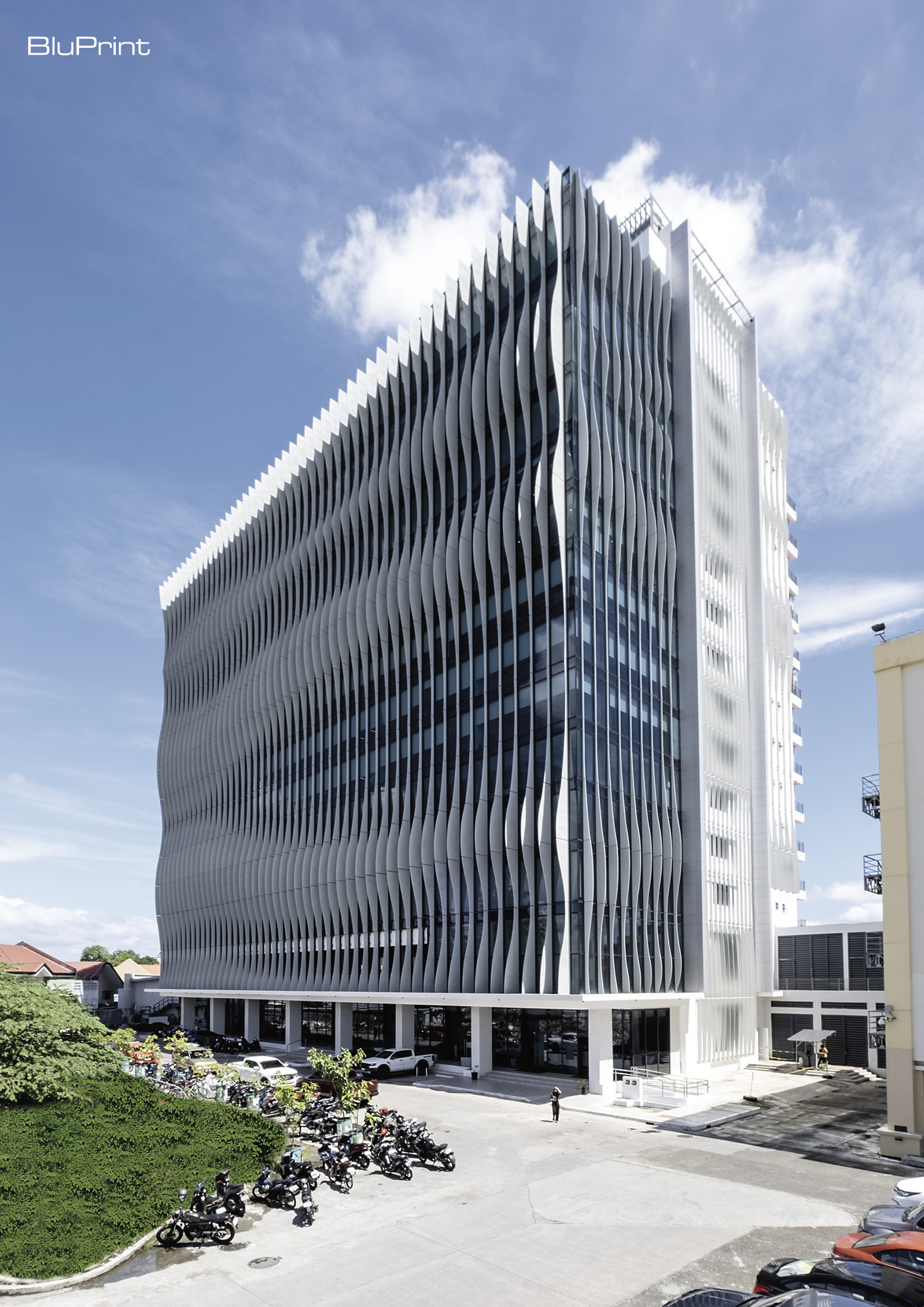
As a principle, PhilGBC explains that these buildings address various environmental, social and economic priorities when designing, constructing and operating tenant spaces, buildings, districts, and cities.
Furthermore, the organization explains that at the core of these sustainable strategies for the built environment, there is a consensus to the intent behind the green building principle. These include our need to conserve and optimize energy, water, and materials used in buildings, the need to be mindful of how our projects impact the natural environment and the community at large, the need to effectively manage our wastes, the need to promote Filipino values, culture, and heritage, the need to maintain healthier spaces, and the need to reduce our contribution to climate change.
Sustainable architecture can improve the quality of life of Filipinos, especially when we improve how we create and maintain greener and healthier spaces. Green buildings can create healthy indoor environments for occupants through lower emissions and less pollutants and toxins.
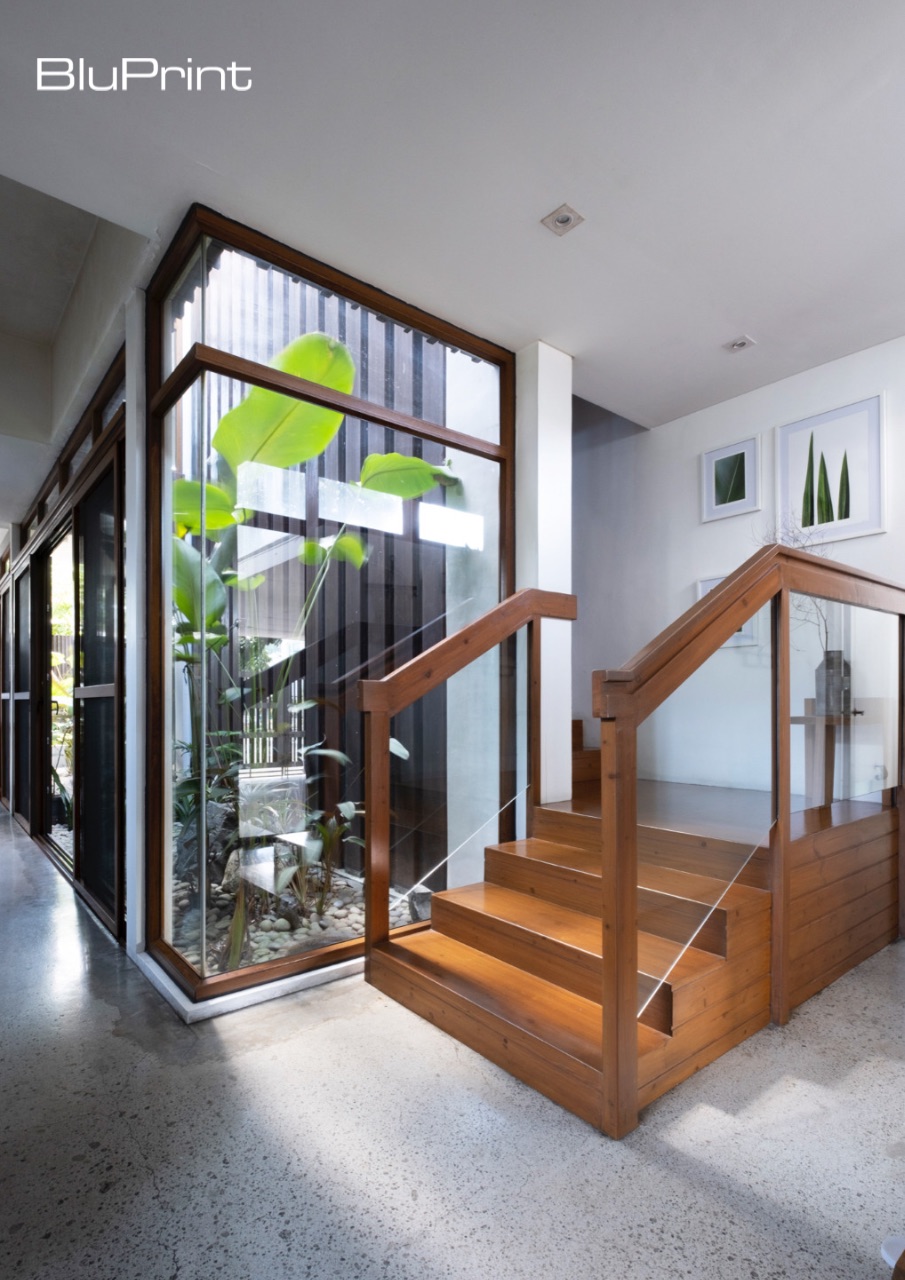
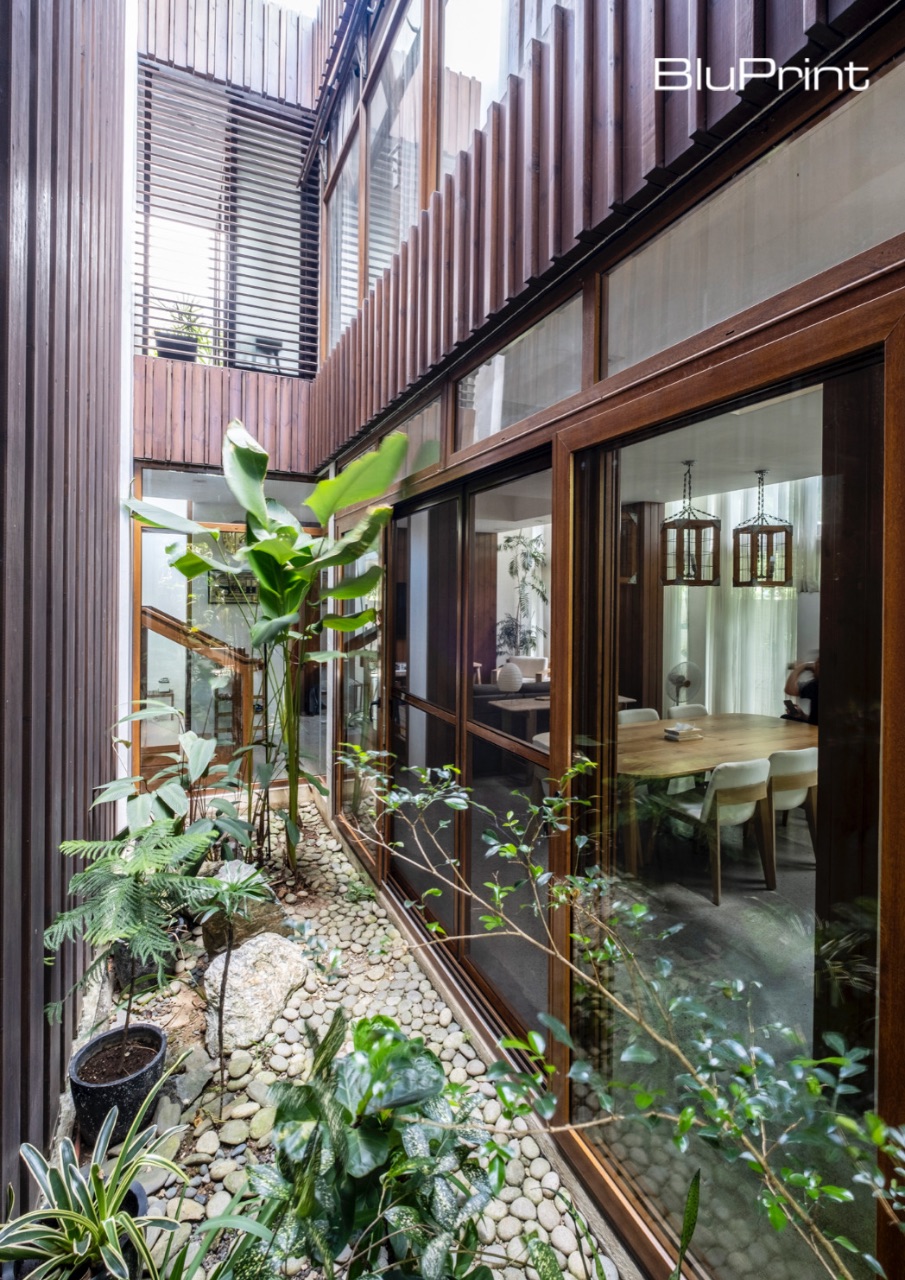

When designing built environments, PhilGBC emphasizes the importance of recognizing the need to improve the process of delivering projects, from its conceptualization to its operations to minimize carbon footprint. The organization points out that the traditional project delivery process allows professionals to work in silos. This results in inefficiencies in the design and construction of buildings. It can lead to disregarding potential sustainable strategies that should have been introduced early in the process.
Additionally, an integrated project delivery process ensures all key members of the project team are involved early in the design process to collaboratively identify the most cost-effective and sustainable strategies during the planning process. This allows the team to make informed decisions early in the development, reducing potential additional costs or “change orders” during construction. It can also reduce potential material waste and inefficiencies in the project delivery process.

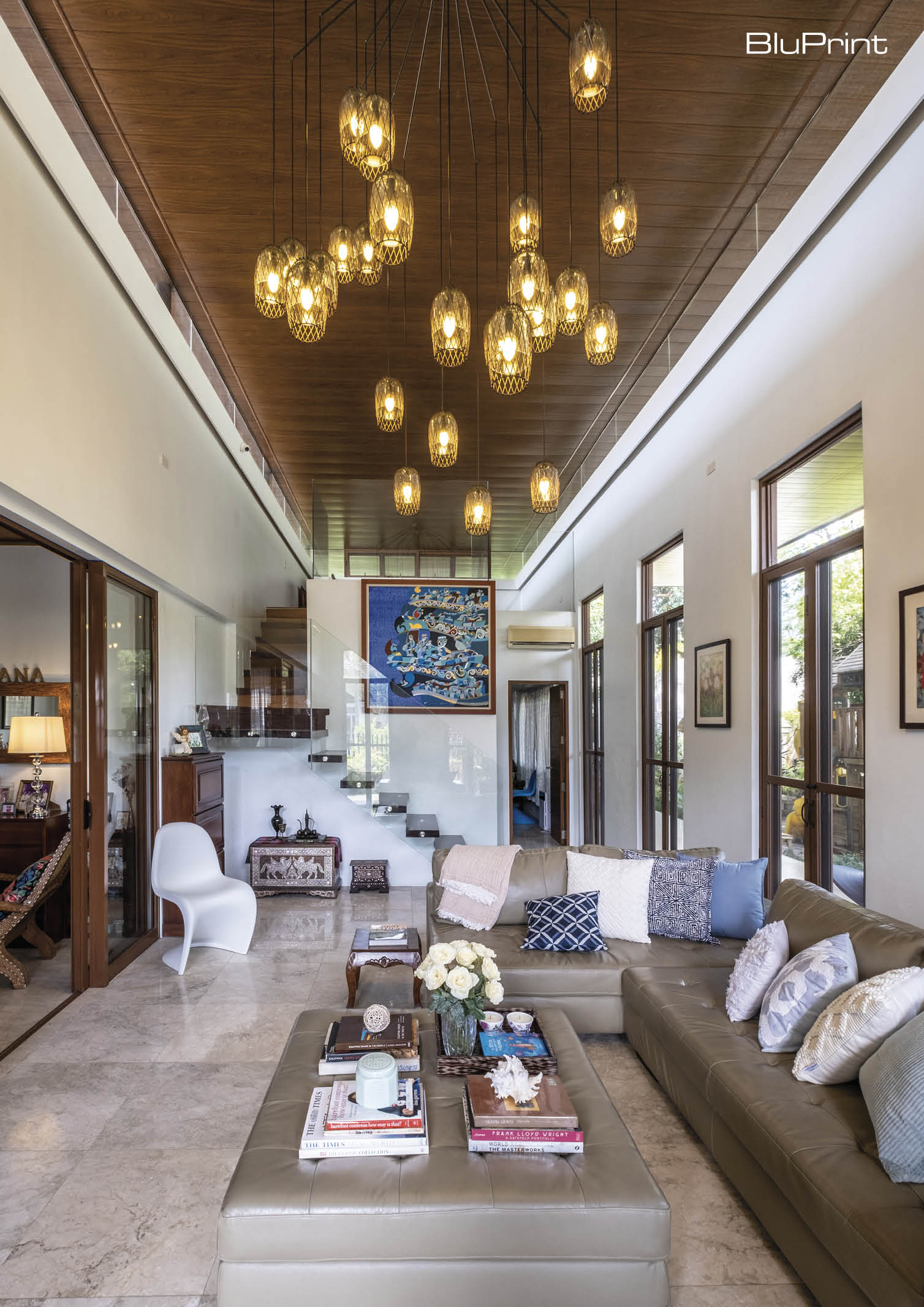
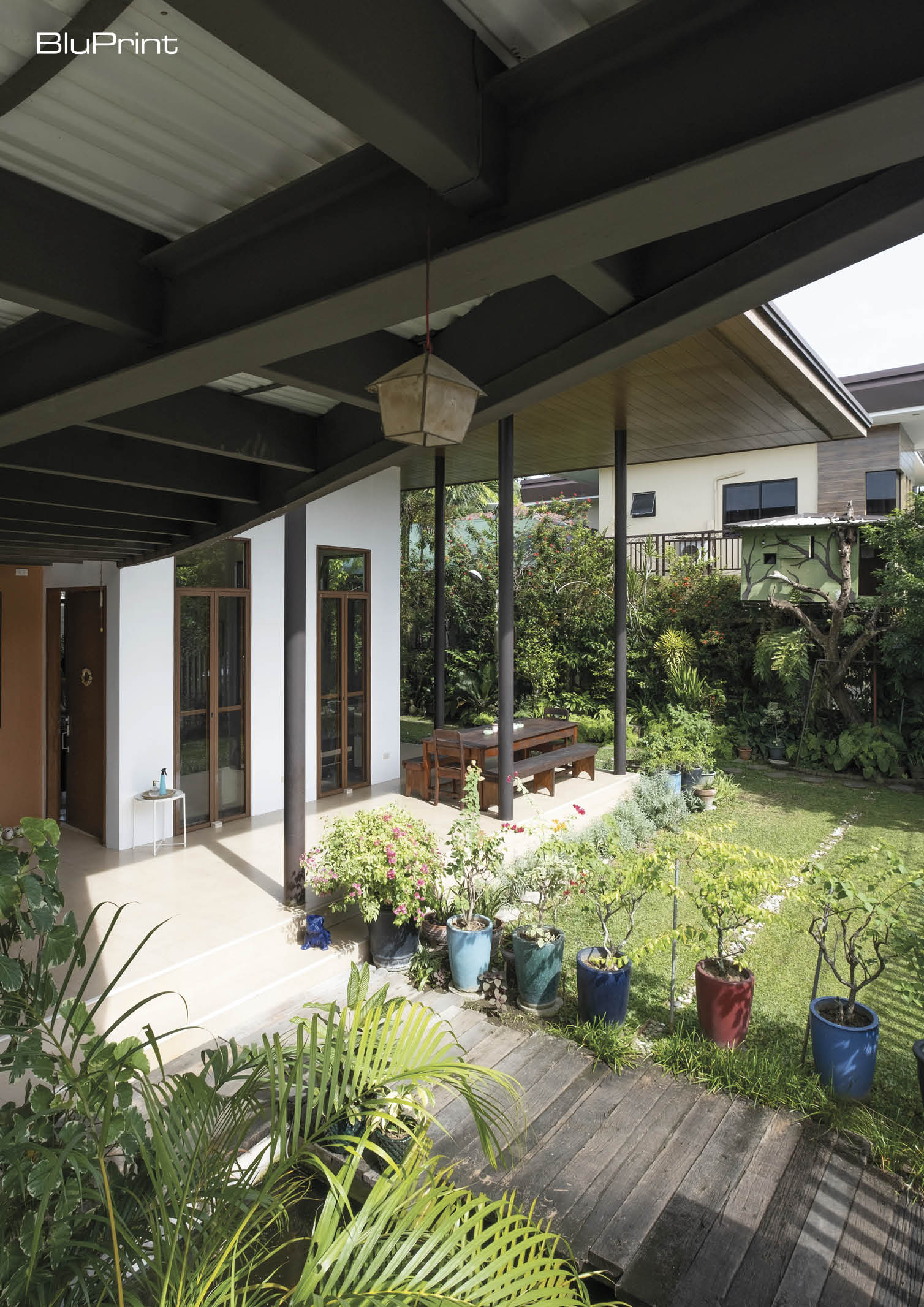
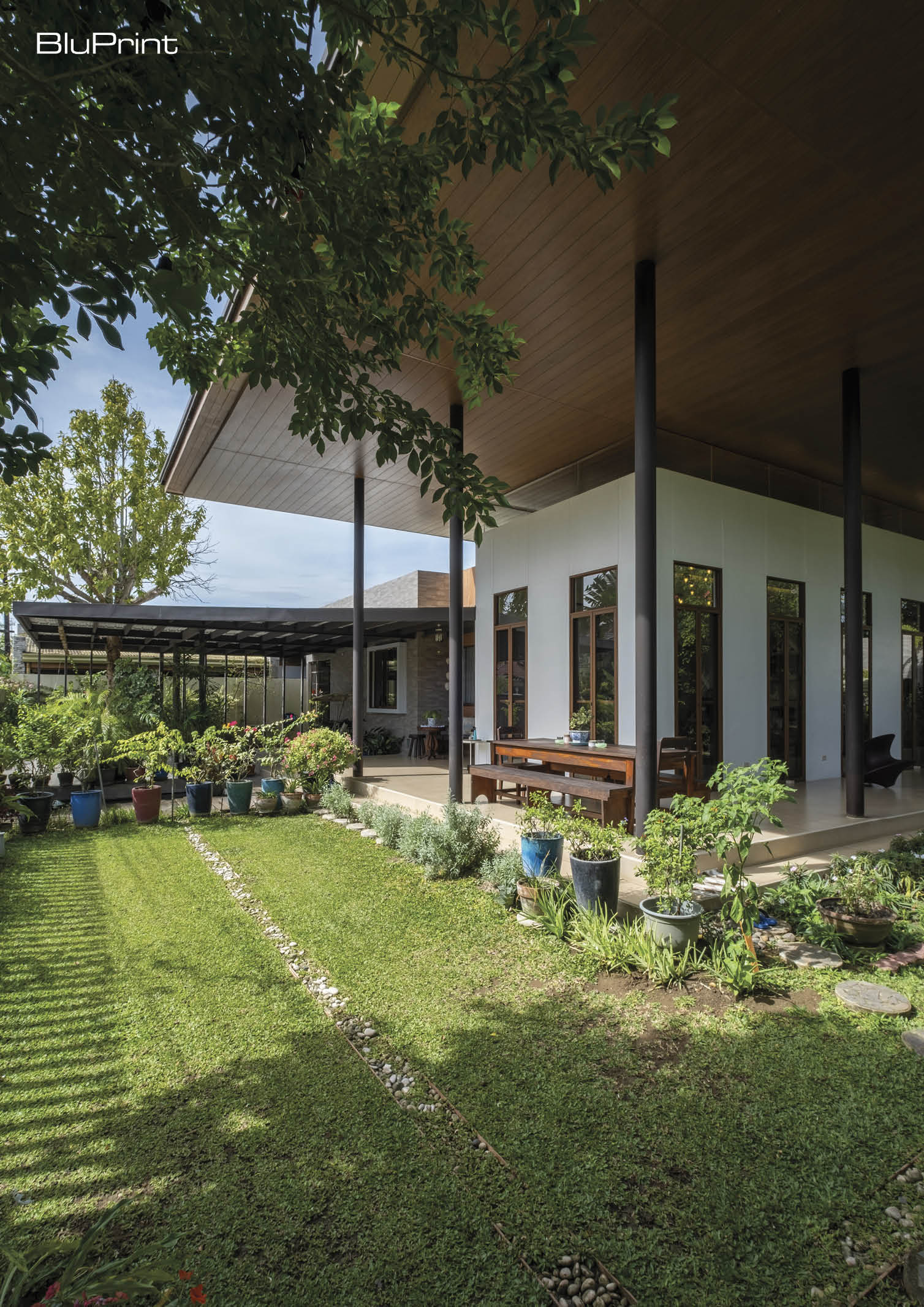
The materials used in the structure also play a crucial role in minimizing the carbon footprint of the built environment. Architects and engineers should be mindful of the products that they identify, procure, and use for their projects. The PhilGBC explains that green procurement prioritizes the acquisition and use of materials with less negative environmental impact, such as materials with post-consumer recycled content, eco-labeled products, certified wood, or non-hazardous materials and materials with low volatile organic compound (VOC) content.
In addition to the potential environmental impact, the proper selection of materials may also have socio-economic benefits. For instance, prioritizing locally-manufactured materials may help boost the local economy, and reduce the need for transporting products from farther sources. Procuring sustainable products from community-based or social enterprises supports their social causes, provides economic benefits to these organizations, and may highlight Filipino craftsmanship and heritage.
Role of Architects in Lowering Carbon Emissions
Architects are key players in shaping our world by creating built environments that keep on innovating and catering to our individual needs. They also have the responsibility to keep our natural environment in check through conscious designs with minimal impact to the environment.
Climate data, however, show that reducing carbon emissions is not enough. Architects should aim for net zero emissions to make a huge impact. In line with this, nonprofit group Architecture 2030 challenges architects to make all new buildings, developments, and renovations carbon-neutral by 2030. The challenge was adapted by the American Institute of Architects (AIA). The AIA 2030 Commitments is an actionable climate strategy, giving them a set standards and goals for reaching net zero emissions in the built environment.
In the Philippine setting, the PhilGBC advises Filipino architects to leverage on the traditional sustainable principles that have historically been part of Filipino architecture. Traditional Filipino houses have been designed with respect to the materials available within proximity to the building, the local environmental conditions, and the purpose and use of the different spaces within their traditional houses.


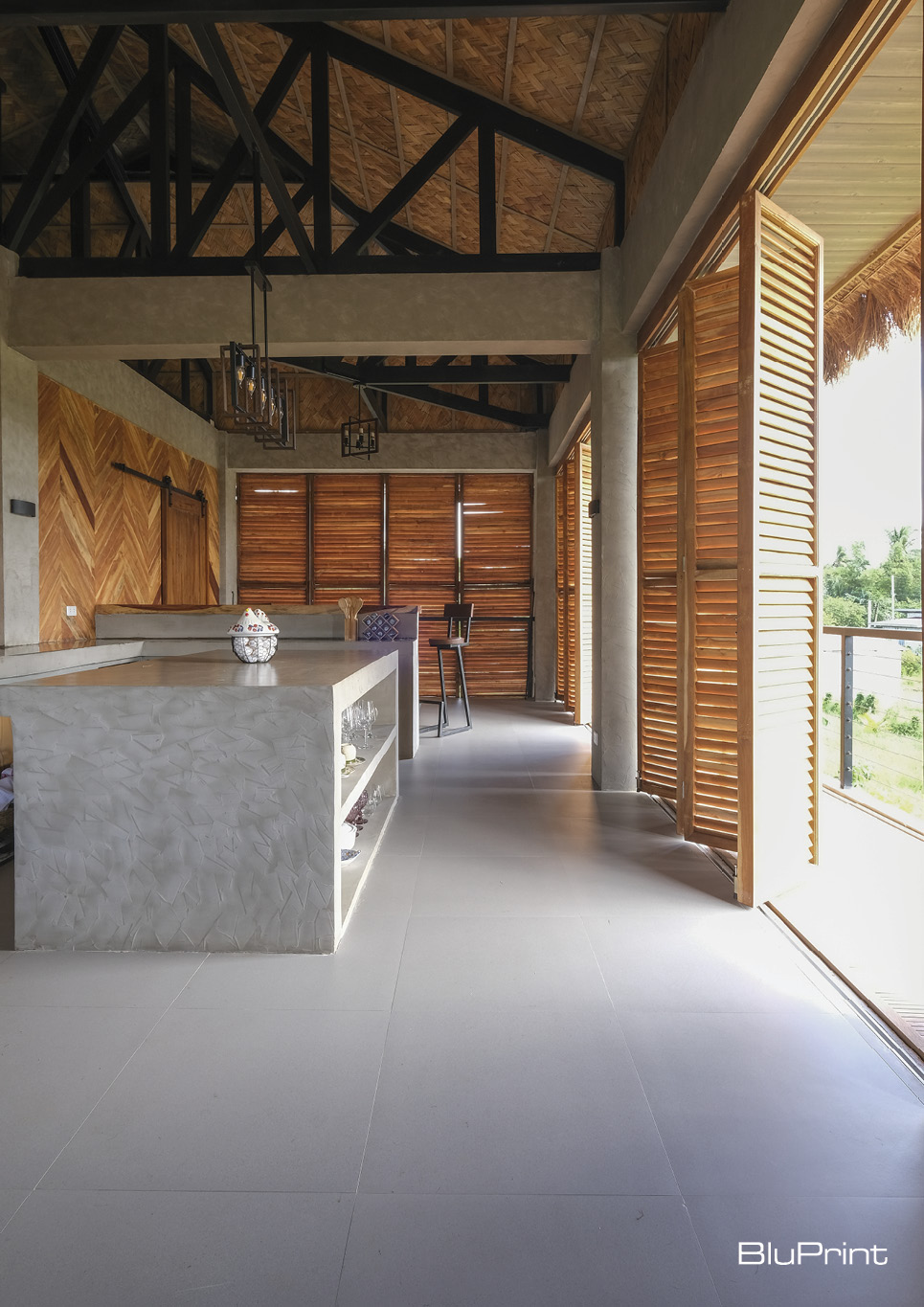
Moreover, the agency explains that green building strategies have already been implemented in traditional Filipino architecture, such as properly selecting the project site, reducing negative impact to the natural environment, maximizing daylight and natural ventilation, using rapidly renewable building materials, designing mixed commercial and residential spaces in buildings, and designing efficient building façade.
An advantage of leveraging these sustainable principles is the potential reduction of carbon emissions. One example of this is prioritizing the use of local materials which may reduce the need to transport the materials from farther sources and reduce the use of fossil fuels. Designing an efficient building envelope will also reduce the need for electricity for lighting and air-conditioning.
Not all built environments today are designed with sustainability in mind. As building professionals, the PhilGBC notes that it is their responsibility to demonstrate their duty of care by providing their clients with the most cost-effective and sustainable strategies that are appropriate for their projects. It adds that responsible and forward-thinking professionals effectively plan and deliver projects that address various sustainability priorities, even when these sustainability objectives are part of regulatory requirements or part of voluntary standards in the industry.
Industry professionals should always empower their clients and end users with information on current best practices to improve the performance of their buildings, and information on cost-effective and sustainable products and services that will help improve the quality of life of users.
Architects, however, cannot work alone in minimizing carbon emissions. They must work together with engineers, contractors, civic leaders, clients, and communities to achieve the same goal.
As we experience the effects of climate change, like the increasing temperature, it could be high time to make sustainability a standard in designing built environments regardless of its purpose.
This story originally appeared in BluPrint EMAG Vol. 1 2023: Changing Footprints and was updated by the author.
Photography by Ed Simon


